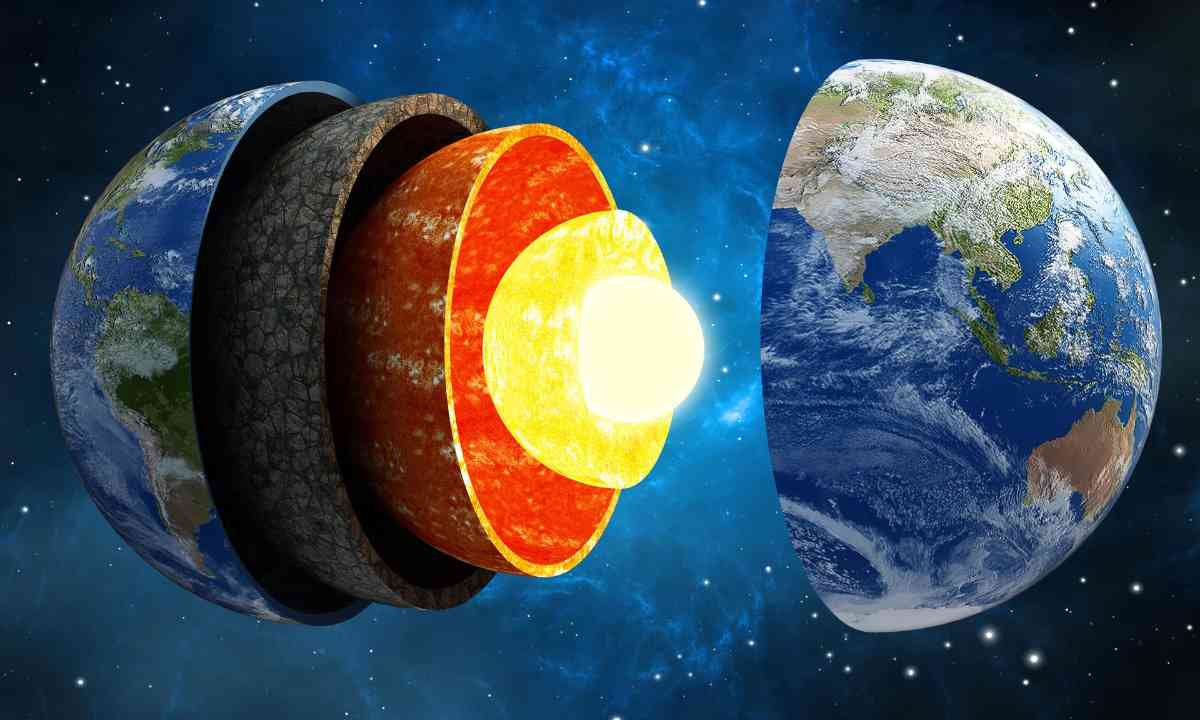According to research, the solid inner core of Earth—which is like a hot iron ball—has stopped rotating and begun to spin in the opposite direction. This "planet within the planet" can spin independently because it floats in the liquid metal outer core of the earth, which is approximately 5,000 kilometers (3,100 miles) below the surface we live on.
The study's authors, Xiaodong Song and Yi Yang of China's Peking University, said they found that the inner core's rotation "came to a near halt around 2009 and then turned in an opposite direction".
"We believe the inner core rotates, relative to the Earth's surface, back and forth, like a swing," they told AFP.

The Earth's inner core has actually been known to spin faster than the Earth's surface, which is a phenomenon known as "super-rotation". This has been determined by studying the seismic waves that pass through the Earth's core, and it's thought to be caused by the Coriolis effect, which is the same force that causes hurricanes to rotate.
The inner core is a solid ball of iron and nickel and it has been estimated to be spinning at a rate of about 0.2 to 0.5 degrees per year faster than the Earth's surface.
The Earth's inner core is the solid, innermost part of the Earth, located at the center of the planet. It is made primarily of iron and nickel, and has a radius of about 1,220 kilometers (760 miles). The inner core is surrounded by the liquid outer core, which is also primarily made of iron and nickel. The inner core is estimated to be about as hot as the surface of the sun, with temperatures reaching up to 5700°C.
It is under immense pressure, with the pressure at the center of the inner core estimated to be over 3 million times that of the Earth's surface. The inner core is thought to be a solid due to the high pressure, despite the high temperatures. The inner core spins slightly faster than the Earth's surface, a phenomenon known as "super-rotation".
The inner core is thought to play a role in the Earth's magnetic field, which is generated by the motion of the liquid outer core. Scientists study the inner core by analyzing the seismic waves that pass through the Earth, a method known as seismology. Science's understanding of the inner core is still relatively limited, as it is difficult to study directly due to the extreme conditions and its location at the center of the Earth.
© Vygr Media Private Limited 2022. All Rights Reserve























